London has a long and interesting history – so perhaps it’s no surprise that it has given rise to a number of weird and wonderful tales over the years.
From forestry to fire, disaster to destitution, and one or two well-known facts that are actually red herrings. We’ve been dipping deep into the history books to find compelling, quirky, and, in some cases, scarcely believable trivia facts about our great city.
So, if you want to wow your London-based mates on a night out, what are you waiting for? It’s time to discover some fun, strange and interesting facts about London.
Interesting Facts About London
London Had a Gin Craze, and it was… Crazy
No, we’re not kidding you. If you think that Londoners are obsessed with gin now, try London in the 18th century.
It’s a little-known fun fact about London that the city officially went through a period called the Gin Craze between 1720 and 1751.
During the peak of the craze, the average consumption of gin was 2 pints per week – for every person in the city – including children.
The craze started when Parliament deregulated the distilling trade to deal with a surplus of corn – distillers flooded the market with cheap liquor and all hell broke loose. It finally ended when laws were passed to restrict the distilling and selling of gin.
Paddington Contains Two Fake Houses Built to Hide a Tube Line – They Also Pop Up in Sherlock
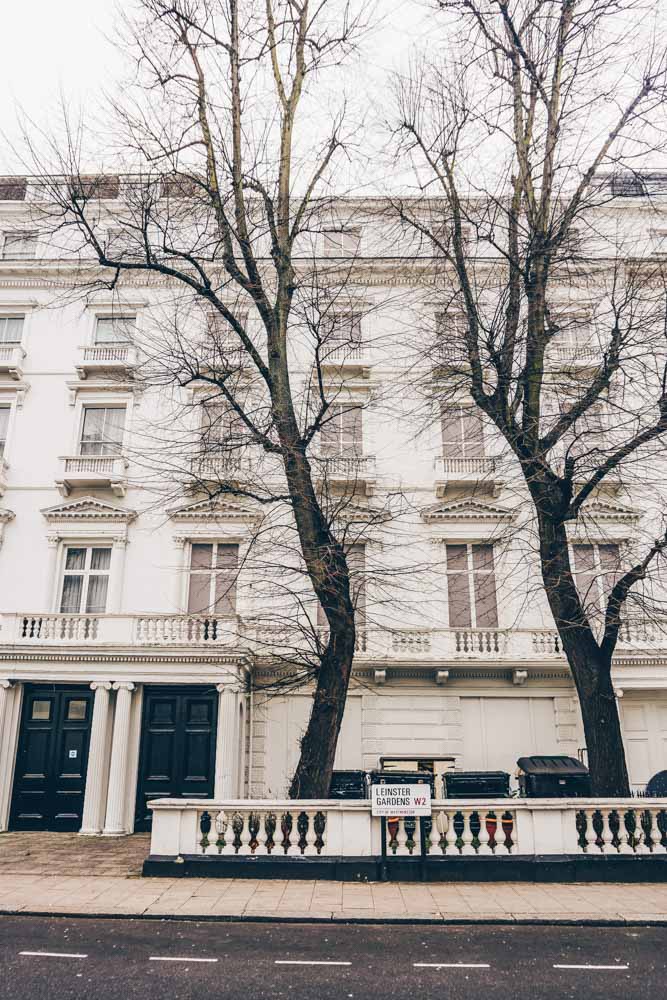
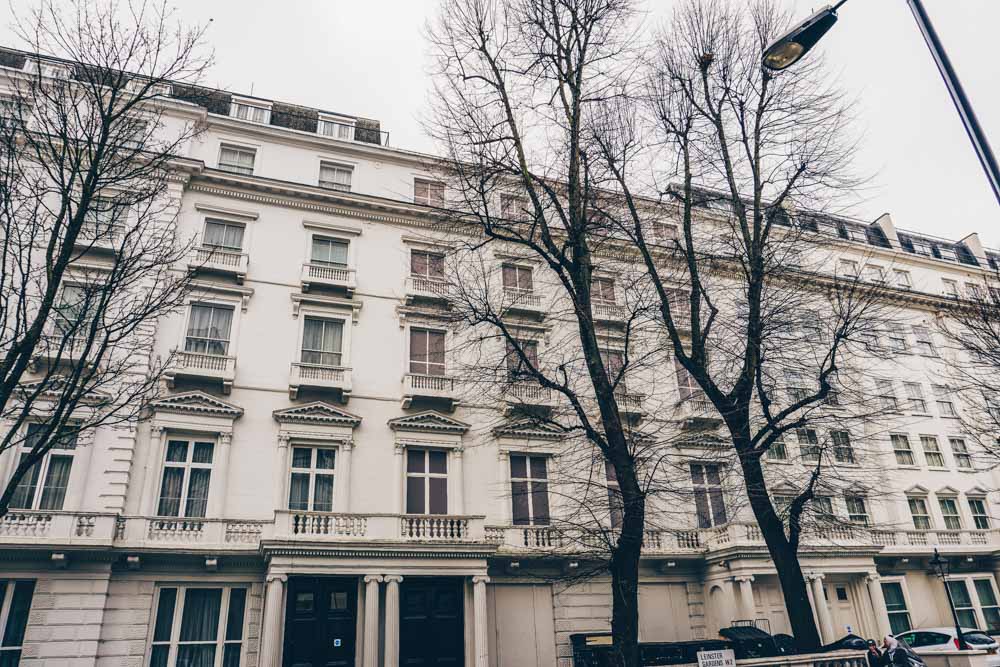
The Fake Houses of Leinster Gardens might look like normal houses – you need to walk around to the back of them to reveal the truth – that they’re completely fake.
The two houses are only a metre or so deep – they were built to replace two houses that were knocked down when the Metropolitan Line was created. You might recognise them from Sherlock too as they were used as a filming location for the hit TV series.
We Drive on the Left, Except at The Savoy
In a bizarre turn of events, the only road we don’t drive on the left in the UK is the small road leading from the Savoy to The Strand and back again. The road layout means it’s a much more efficient way to drive – we bet it didn’t hurt that it’s at The Savoy either.
London is Actually a Forest
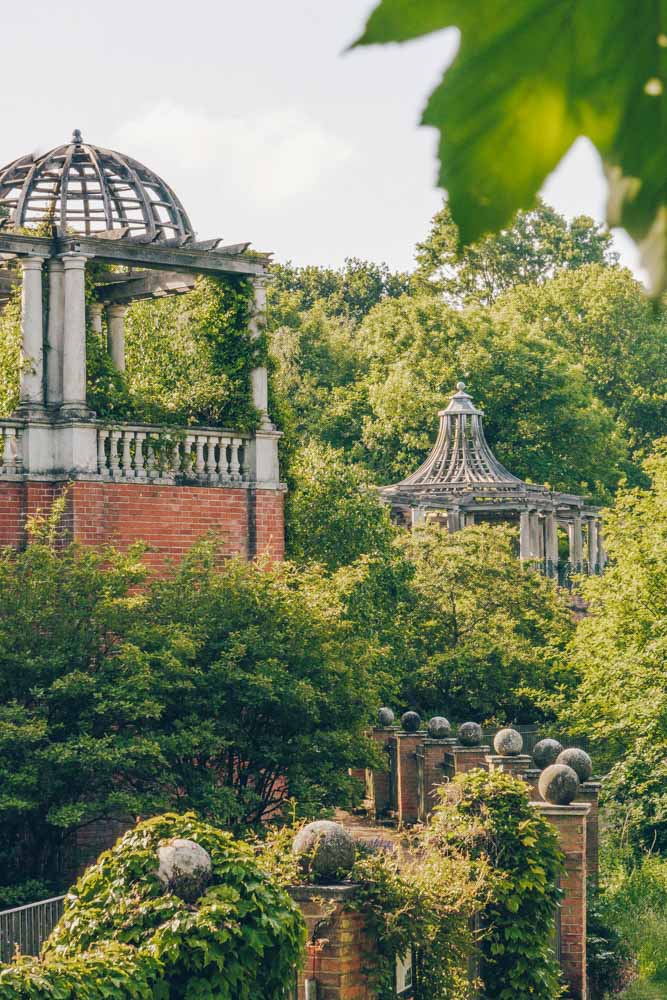
Standing in the middle of The City of London it feels difficult to believe but London has so many trees that it falls within the UN definition of a forest. In fact, London has its own official Forestry Conservator.
A Bus Driver Had to Jump a 10 Ft Gap on Tower Bridge when it Opened with his Bus on it
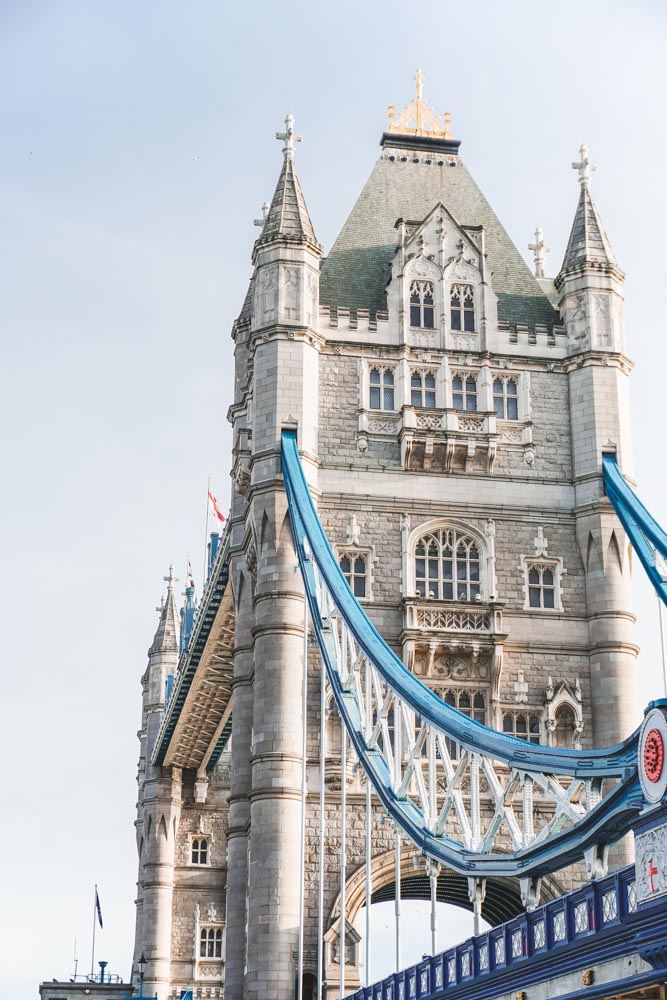
Albert Gunter was driving a bus over Tower Bridge in 1952 when it started to rise – with the bus still on it.
It all ended well thanks to some quick thinking on Gunter’s part. He put his foot down, sped the bus up and got it to clear a 10ft gap before landing on the other side. His reward? A measly day off from the grateful bosses at London Transport.
There are Some Rather Naughty Street Names and They Give You a Pretty Good Idea of What they were Used for
Londoners have a reputation for being pretty blunt – in the past that extended to the naming of roads.
You can still find Cock Lane in Farringdon – it was the only street in London licensed for prostitution and housed more than its fair share of brothels. These days it plays host to a host of less salacious businesses.
But Some Were Deemed So Bad That Theya Had to be Changed
However, some of London’s dirtier street names have been lost as they were deemed too filthy for decent eyes and ears.
Over the years we’ve waved farewell to Pissing Alley, Shiteburn Lane and Gropecunt Lane. Can’t think why.
Harrods Used to Sell a Welcome Present to Help Soldiers Shoot Up
The gift kit, sold by the prestigious department store in 1916 included morphine, coke and syringes, to be sent to the Western Front in the height of World War II.
With bullets and artillery shells flying around wantonly, we wonder how many of these ‘Shooting Up’ kits were gratefully received by recipients!
Norway Has Gifted a Christmas Tree to London for Trafalgar Square Every Year Since 1947
The tradition started as a way for Norway to thank the UK for its assistance during World War II. The tree is specially picked and shipped over to London where it sits proudly in the middle of Trafalgar Square during the Christmas period.
The Heart of the City is only 1 Square Mile
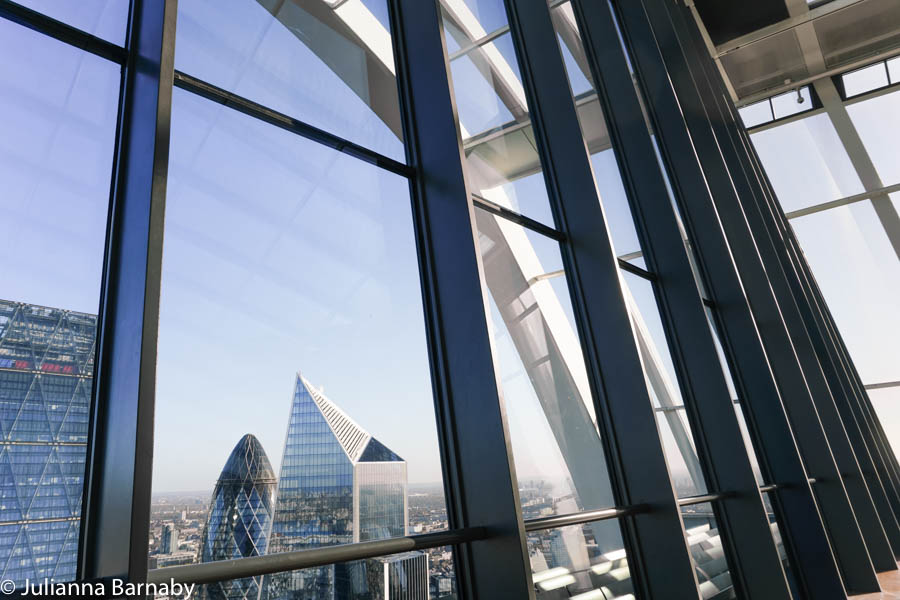
You know how they refer to The City – the original heart of London – as the Square Mile?
Well, they’re really not joking. Although London is home to a population of over 8 million people and 3,236 square miles, the actual City of London is contained to an area of one square mile, making it the smallest city in England.
The Lord Mayor is Inducted into Power in Almost Total Silence
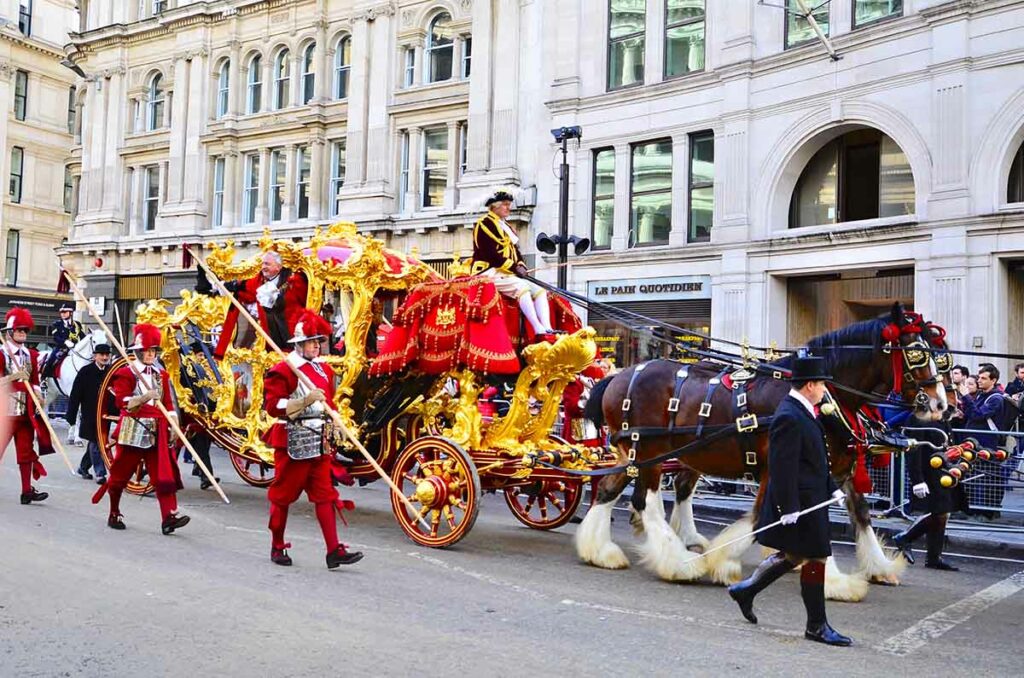
The Lord Mayor is the senior representative of the square mile and makes lots of important decisions on behalf of London.
However, the ceremony in which the mayor is inducted into power is known as the Silent Ceremony because barely any words are used throughout. It’s followed the next day by the much more flamboyant (and noisier) Lord Mayor’s Show.
London Still Has Sheriffs
London’s tradition of having Sheriffs dates all the way back to the 7th century and it’s still going strong.
They’re not sheriffs in the way that you might think – protecting the city from evildoers in the style of a John Wayne Western – the Sheriffs have to carry out the instructions of the High Court of Justice and support the Lord Mayor. Their jurisdiction only extends across the City of London (Square Mile).
During the Second World War, London Functioned as the Capital of Six Countries
Governments displaced by the Nazi regime took up residence in London during the second world war – so the city was the seat of the governments of six countries at the same time.
That covered the governments in exile of France, Poland, Holland, Belgium and Norway and, of course, the home government of the United Kingdom.
The City Has Not One but Six Major Orchestras
We always tell people that London is cultured AF but the proof, as they say, is in the pudding. Or perhaps that should be in the music.
London has six orchestras – The Royal Philharmonic, The London Philharmonic, The BBC Symphony Orchestra, the Philharmonia, Orchestra of the Royal Opera House and the London Symphony Orchestra.
Banks in the City of London Used to Have to Be Located Within a 10-Minute Walk of the Bank of England
This rule was only revoked as recently as 1980 but until that date, all banks operating in the City had to be within a 10-minute stroll of the Bank of England. This was so the Governor of the Bank of England could call an emergency meeting and have everyone in attendance within half an hour.
There are Always at Least Six Ravens in the Tower of London
Legend has it that the Tower of London will fall if there aren’t at least six ravens in residence at any given time. To make sure the ravens don’t fly away, the Ravenmaster clips one of their wings.
While this sounds pretty unpleasant, the ravens are not harmed, simply unbalanced and unable to fly. And there we were, thinking that London was a progressive and forward-thinking city – lol.
The Royal Family Has its Own Flag and it’s Flown Over Buckingham Palace When the Monarch is in Residence
How do you tell whether King Charles III is in residence when you go and see Buckingham Palace?
The answer’s pretty simple actually – the Royal Standard (yellow with a red dragon on it) is flown over the palace when the Monarch is in residence. If you see the Union Jack fluttering it means the King isn’t at home.
London Zoo Used to be a Pretty Unsavoury Place
Zoos have come on leaps and bounds since their early days – perhaps none more so than London Zoo, such as in the early 18th century when it was housed in the Tower of London. In those days, you could exchange free entry in return for bringing a dog or cat to feed to the lions.
People Used to go and Visit an Insane Asylum Just for the Lols
London’s Bedlam Asylum used to be one of the city’s most visited attractions.
London’s 18th-century population used to head to the asylum to watch its inhabitants wreak havoc amongst themselves.
Surprisingly, what was Bedlam still exists (much transformed) as Bethlem in Beckenham and is home to the touching Museum of the Mind.
King’s Cross St Pancras is the Busiest Underground Station
We love a good stat, and in 2022, King’s Cross St Pancras was recorded to be the busiest station on London’s famed Underground network. 69.94 million people entered or exited the station’s Underground station, just over a million more than second-placed London Waterloo.
Previous winners of the crown have included Stratford (2022), Waterloo (2015 and 2016), and Oxford Circus (2014).
Want to Test Your London Knowledge? Check out this brilliant London Quiz
More Than Half of the Underground Runs Overground
In the early days of the underground, lines needed to be near the surface to allow steam trains to vent the built-up steam when they emerged into the open air.
Nowadays, only 45% of stations on the underground network are actually subterranean, with the remaining 55% very much above ground. The Met Line has the smallest proportion of stations underground, much to the delight of phone-hungry commuters!
The First Concepts for the Underground Were Pretty Bizarre
Before London decided to use good old trains, ideas for the underground included a series of underground rivers with commuter barges that would float between pre-designated stops.
Sounds a lot more peaceful than the Central Line during rush hour.
6.5 Million People Take a London Bus Every Day
That’s around half of the total daily bus journeys in the UK.
Guy Fawkes’ Night Celebrates the Foiling of the Gunpowder Plot to Blow Up the Palace of Westminster
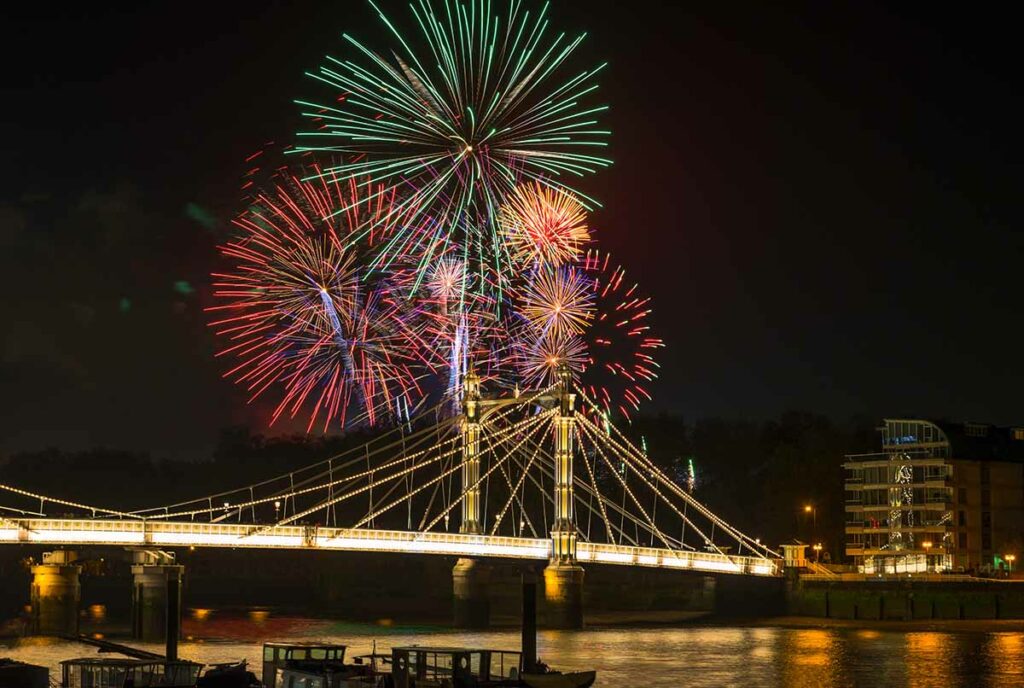
Bonfire night is celebrated all across the country – there are lots of brilliant displays in London (Brockwell Park is our favourite).
It didn’t end so well for Guy Fawkes and his Gunpowder Plot co-conspirators. After Guy Fawkes was discovered attempting to blow up the Houses of Parliament, he was tortured before being hung, drawn and quartered.
London’s Bus System Covers the Equivalent of 12,000 x The Circumference of the Earth Each Year
London has a comprehensive bus system covering pretty much every part of the capital with more than 9,000 vehicles serving 675 routes and 19,000 bus stops – it’s also the basis for one of the more astonishing facts about the city.
Each year, the buses on London’s transport network drive over 300 million miles, which when you tot it up, is more than 12,000 times the earth’s circumference (approx. 25,000 miles).
Londoners Love Pubs so Much, They Named Five Underground Stations After Them
You know the situation – you pop out of a tube station and see a pub with the same name.
We used to assume that the station came first but there are five underground stations named after nearby pubs: The Angel, Royal Oak, Elephant & Castle, Manor House and Swiss Cottage.
More People Live in London than in Austria
London’s population in 2023 has exceeded the 9.5 million mark for the first time. This is more people than live in Austria. And Israel, Switzerland, Denmark, Bulgaria and many other countries.
Indeed, if London declared independence from the UK, it would be the 95th most populous nation on earth. No wonder rush hour is so packed!
Three Times As Many People Visit London Every Year As Live Here
That’s 30 million visitors from across the globe compared to the resident population of 9.6 million.
Now you know why you have to regularly share your public transport space with so many suitcases.
The Shard is the Tallest Building in London, Made of 11,000 Panels of Glass
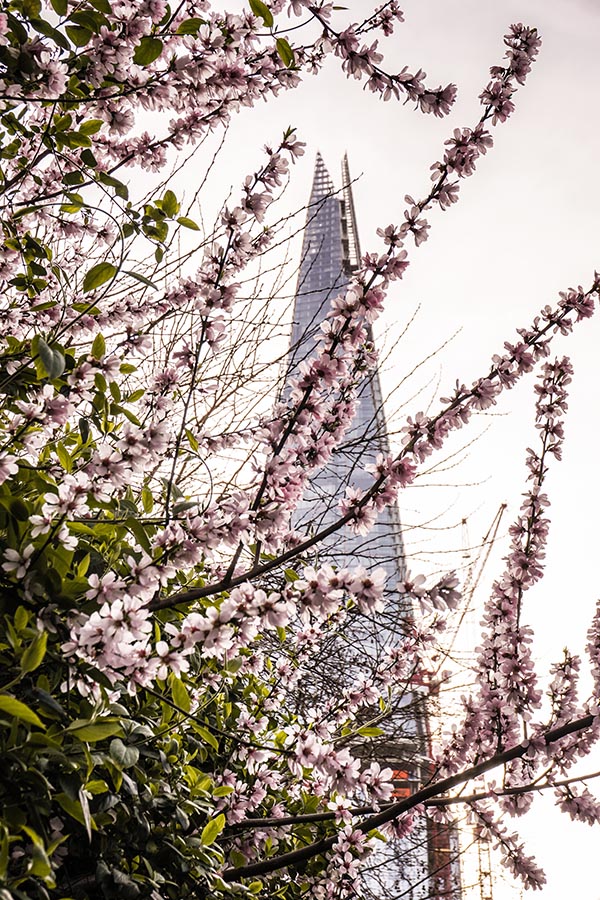
It’s notoriously bright and warm if you work in the offices, or are staying in the hotel inside though.
London is Home to the Only Surviving House of Benjamin Franklin
Considering his impact on US history as one of the founding fathers, it’s incredible that the only surviving home in the world for Benjamin Franklin still stands in London.
It can be found at 36 Craven Street, next to Charing Cross Station.
Great Ormond Street Hospital Owns the Copyright to Peter Pan
After being asked to join a committee to buy a piece of land to extend Great Ormond Street Children’s Hospital in 1929, the author of Peter Pan, J.M. Barrie declined the offer.
Instead, he donated the copyrights to Peter Pan to the hospital, ensuring that the hospital has benefited from the royalties for all Peter Pan sales, licensing agreements, and sales have helped benefit the care of children across the capital ever since.
There are 32 Capsules on the London Eye
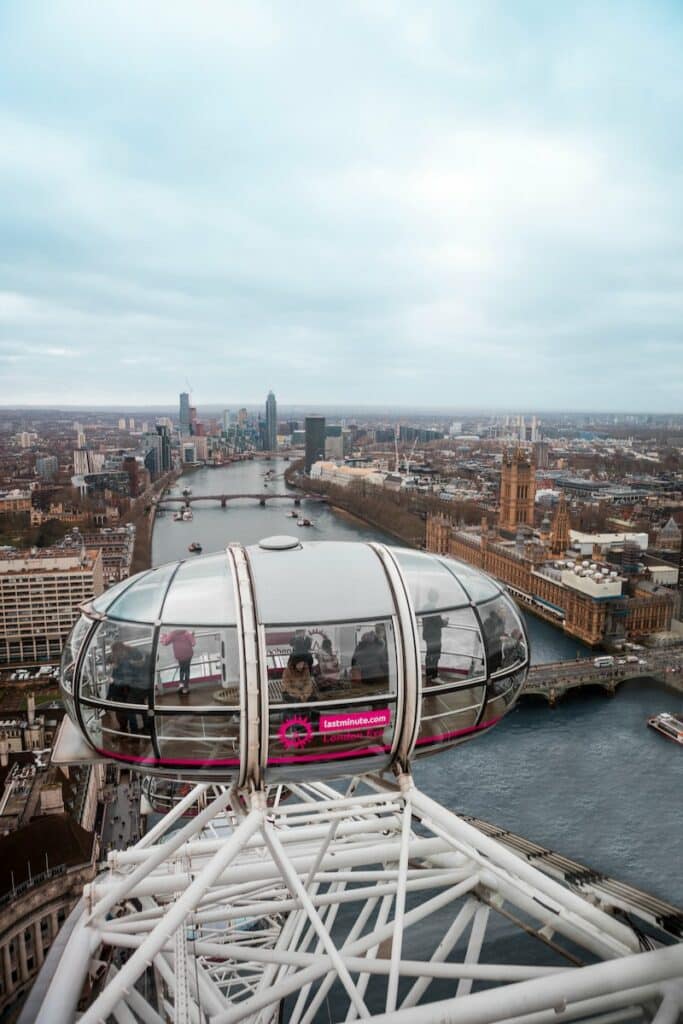
Big deal, you might think. However, this isn’t as random a fact as you might imagine. There are 32 capsules to represent the 32 boroughs of London. Each one is numbered from 1 to 33, with number 13 omitted for reasons of superstition.
London has Been the Largest City in the United Kingdom Since the 17th Century
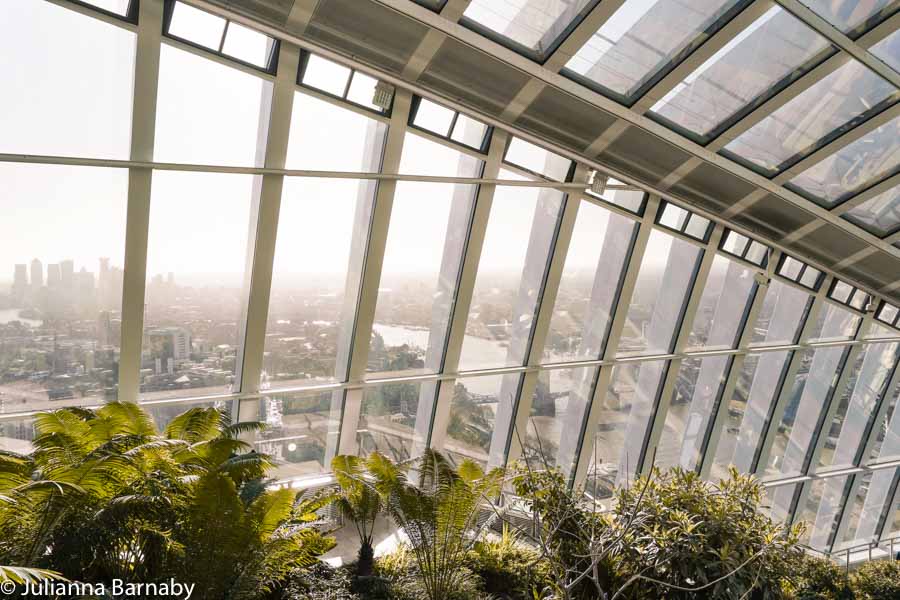
London had a population of ½ million inhabitants in the mid-17th century when it was the largest city in England.
It’s remained in that position ever since and is now the largest city in the United Kingdom (which only came into existence in the 18th century).
London Is and Has Always Been Open for Immigration
Much as people whinge about London becoming too diverse and somehow less British (it’s amazing how much respect you can lose for people like John Cleese as soon as drivel like that comes out of their mouths), London has always attracted immigrants.
Large-scale immigration in London started with the Huguenots in the 17th century and has been followed by waves of Irish, African, Chinese and people from many more countries over the centuries.
Key takeaway? The idea that a few decades of immigration has somehow changed the fabric of a “truly British” London is a fabrication and a pretty laughable one.
And Has the Diversity to Prove it
London is one of the most diverse cities in the world – together its residents speak over 300 languages, made up of almost every known ethnic group on the planet.
London Has Hosted the Olympics Three Times
London is the only city in the world that has hosted the Olympics three times – in 1908, 1948 and most recently in 2012. The 1908 Olympics were also the longest in the history of the event – lasting a whopping 187 days.
London University Was the First in Britain to Allow Women to Study
London has always taken a relatively progressive position on things – including allowing women to use their brains. In 1878, London University was the first in Britain to allow women to study and earn degrees
London’s Underground System is So Old it Used to Be Powered by Steam Trains
London has the oldest underground system in the world (If you want a really fascinating day, go to one of the TFL Transport Museum Depot opening days – it’s a real eye opener). Did you know that when it first started in 1863 the trains were powered by steam?
It wasn’t until 1890 that electric trains were introduced.
Looking for more quirky tales about London? Check out these cool Quotes about London
London Buses Weren’t Always Red
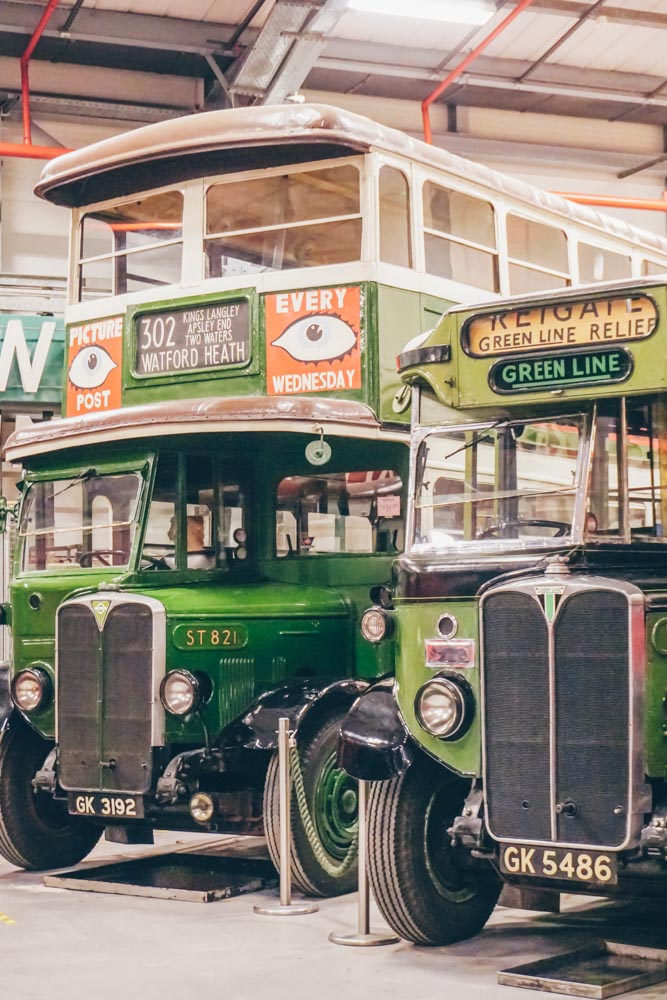
Before the London General Omnibus Company decided to paint its buses with the striking shade of red they became so renowned for throughout history in 1907, buses were painted different colours depending on the route they travelled.
Ever since 1907, public bus services running within the centre of London had to be predominantly coloured red.
Parts of London Have Been Inhabited Since 4000 BC
It was a far cry from the city that we find today but there have been settlements and villages in the area of London since the New Stone Age.
The Romans Established Londinium in AD43
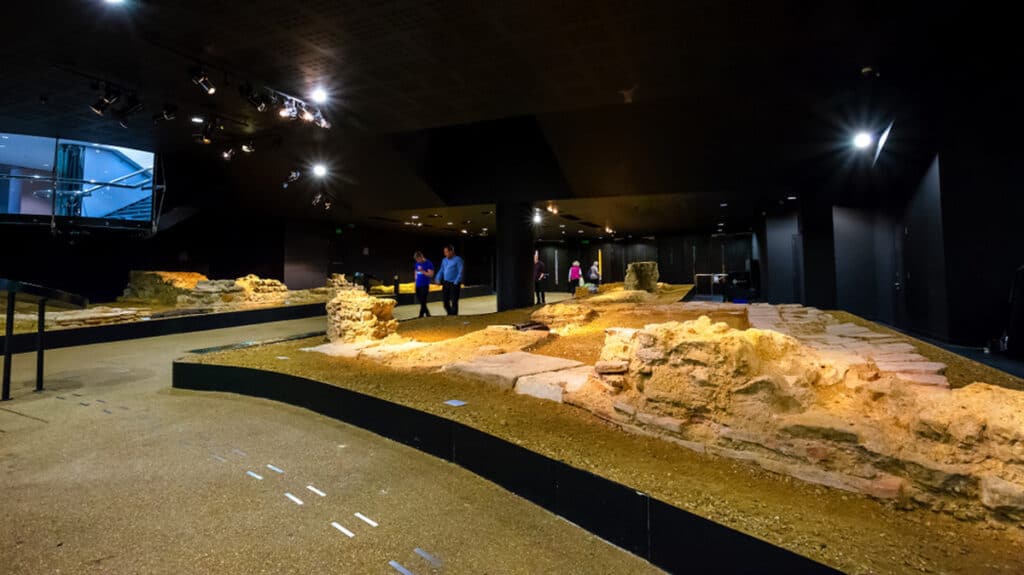
The Romans conquered Britain under the Emperor Claudius and established Londinium – a trading settlement on the north bank of the Thames – in AD43.
The Great Plague Killed More than 100,000 Victims in 1665
The 1660s were a dire time for London with the Plague and the Great Fire of London decimating both the population and the buildings of London. London was no stranger to the bubonic plague, but 1665 saw the plague reach its peak thanks to warm weather and poor sanitation.
Over 100,000 people died in London as a result in 1665 alone.
The Great Fire of London Devastated Four-Fifths of London in Four Days
Just as London was reeling from the catastrophic death toll of the Great Plague a few years before, it was hit by the Great Fire of London.
Famously started in Pudding Lane, The Great Fire raged for four days and four nights, destroying over 13,000 houses, 80 churches and making over 100,000 people homeless in the process. Despite this devastation, only six deaths were verified as a result of the fire.
London Was Bombed for 57 Successive Nights During the Blitz
London was bombed every night for 57 consecutive nights from 7 Sep 1940 during The Blitz by the Luftwaffe.
Over 30,000 Londoners Died as a Result of Bombing in the Second World War
WWII took a heavy toll on London. More than 30,000 people died as a result of German bomb and rocket raids between 1940 and 1945, over 50,000 people were injured, while most of the City of London was destroyed.
The Great Stink of London Gripped the City in 1858
We’ve talked about the Great Fire and the Great Plague but the Great Stink? Surely we’re pulling your leg. Let us assure you, we are not.
London was always a smelly and unsanitary city but it got so bad in 1858, a.k.a during The Great Stink, that the city passed laws to stop the butchery of animals within the city and to stop people dumping sewage in the Thames. It was also the impetus for the city’s impressive sewage system.
London’s Underground Stations Often Hide Grisly Pasts
Take Aldgate Underground Station as an example – the station was built on what had previously been a mass grave for those who died from the plague. There are over 1,000 corpses buried underneath the station – rather horrid.
Londoners Used to Riot about Anything and Everything
These days it can feel like the city’s anger pulses underneath a veneer of British politeness but Londoners never used to shy away from a riot or two.
Never was this truer than in the 18th century when Londoners rioted about the Irish (1736), in defence of cheap booze (1743) and for political reform (1780).
The latter, the Gordon Riots, saw 50,000 storm the city in a five day rampage that led to 300 deaths. Once order had been restored, 25 people were hanged.
Big Ben isn’t Called Big Ben
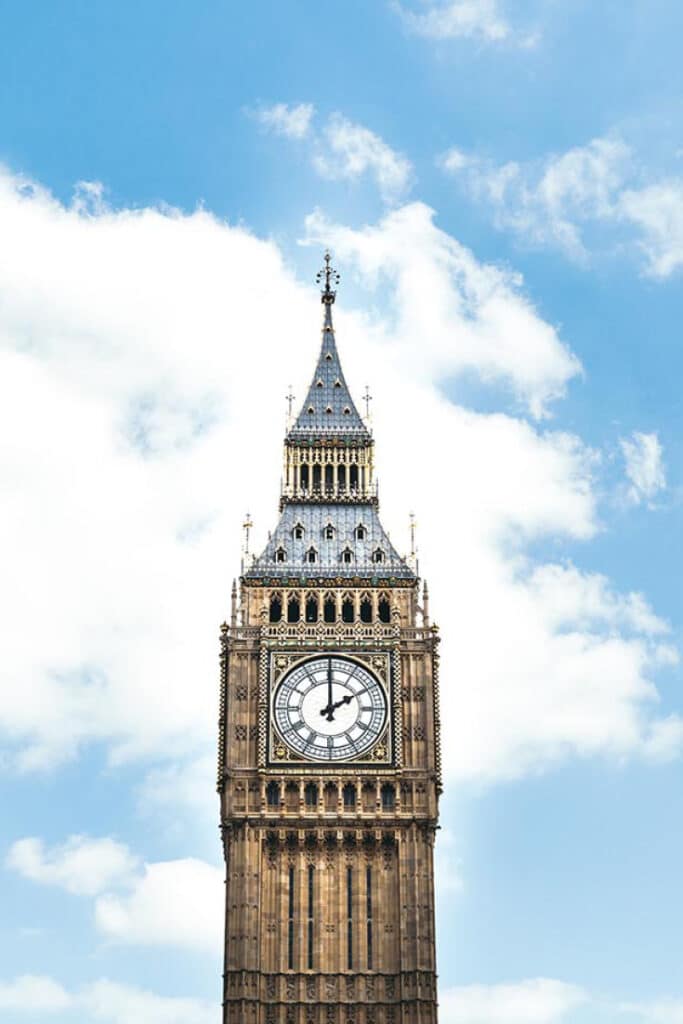
Want a really fun fact about London? We’re betting that what you think of when you think of Big Ben isn’t actually Big Ben at all.
Most people refer to the tower and clock as Big Ben, when actually its name is Elizabeth Tower (previously known as St Stephen’s Tower). Big Ben is the bell within the tower. Mind blown.
Ever Wondered Why Black Cabs Don’t Have to Rely on Sat Nav? It’s Because they Have the Knowledge
Black cab drivers are worth their weight in gold.
They’ll navigate you home after a steaming night out on the town in the blink of an eye and without relying on unpredictable sat nav systems.
Rather than it being down to Jedi levels of innate London intuition, it’s because they have to pass a ridiculously hard test called The Knowledge to get their licence. It generally takes 2-3 years of studying over 300 routes before you can pass.
There are Still Lots of Archaic Traditions Happening Across the City
Case in point? The Ceremony of the Constable’s Dues is when a navy boat has to pay a barrel of rum to the Constable at the Tower of London in order to enter the Port of London.
Of course, the whole procedure is surrounded by pomp and circumstance because Londoners love a good show almost as much as they love a good drink.
Henry III Was Given a Polar Bear as a Present Which He Kept in the Tower of London
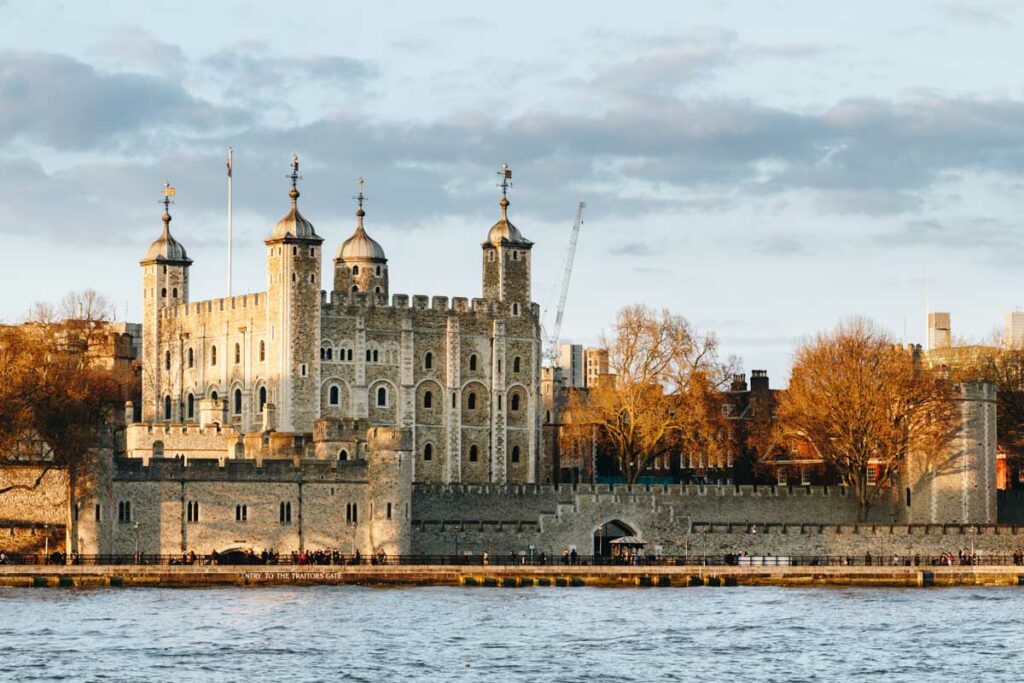
What do you give a king as a present? Well, at some point in history someone thought that the answer to that question was a polar bear.
Obviously. Henry III kept his pet polar bear chained up outside the Tower of London and next to the Thames, where it was able to feast on the river’s fish.
Do You Live in Lundenwic?
During the millennia of London’s history, it has been called several names – Londinium by the Romans, Lundenwic by the Angles and Saxons… until it became the plain old London we know today.
London Is Home to More Than 170 Museums
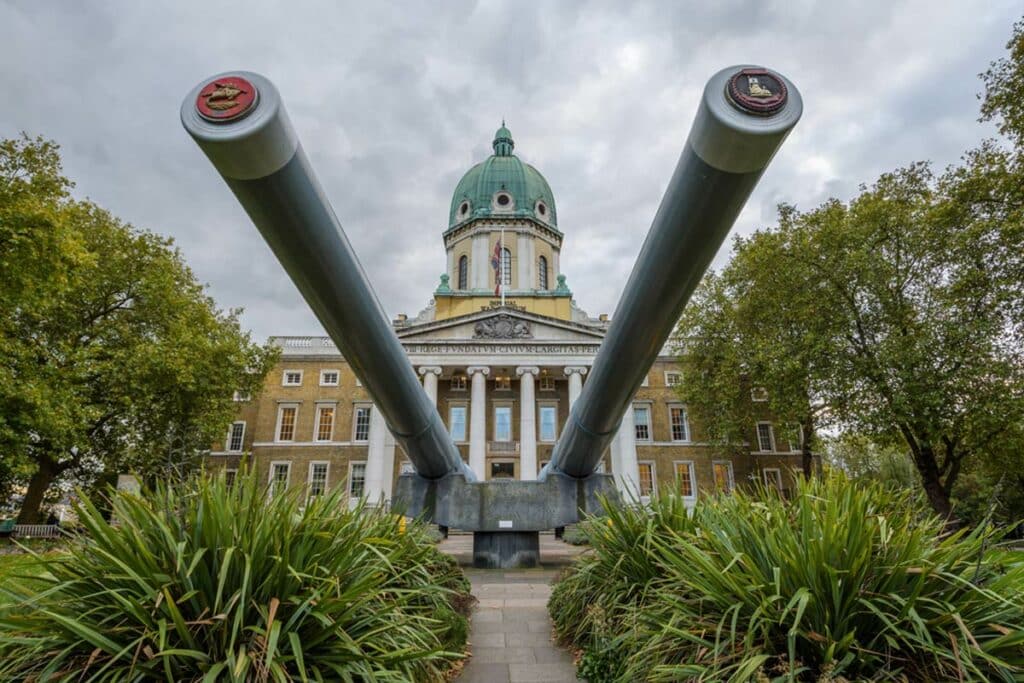
If you want to learn more about the incredibly deep and rich history of London, then visit one of the 170-plus museums in London.
11 of these are national museums, while many of them provide visitors with free entry.
A Special Breed of Mosquito has Evolved to Live in the London Underground
Culex Pipiens Molestus is a subspecies of mosquito that has evolved specific habits suited to its life on the London Underground. It can live in dark places for long periods of time, doesn’t have to hibernate, is a particularly voracious biter and doesn’t need water to lay its eggs.
Nature is truly, truly terrifying.
It is Against the Law to Feed the Pigeons in Trafalgar Square
Trafalgar Square’s pigeon problem got so bad that former mayor Ken Livingstone made it illegal to feed pigeons in the square in 2003. These days it’s a much cleaner and less poop-ridden affair.
It’s Illegal to Wear a Suit of Armour in the Houses of Parliament
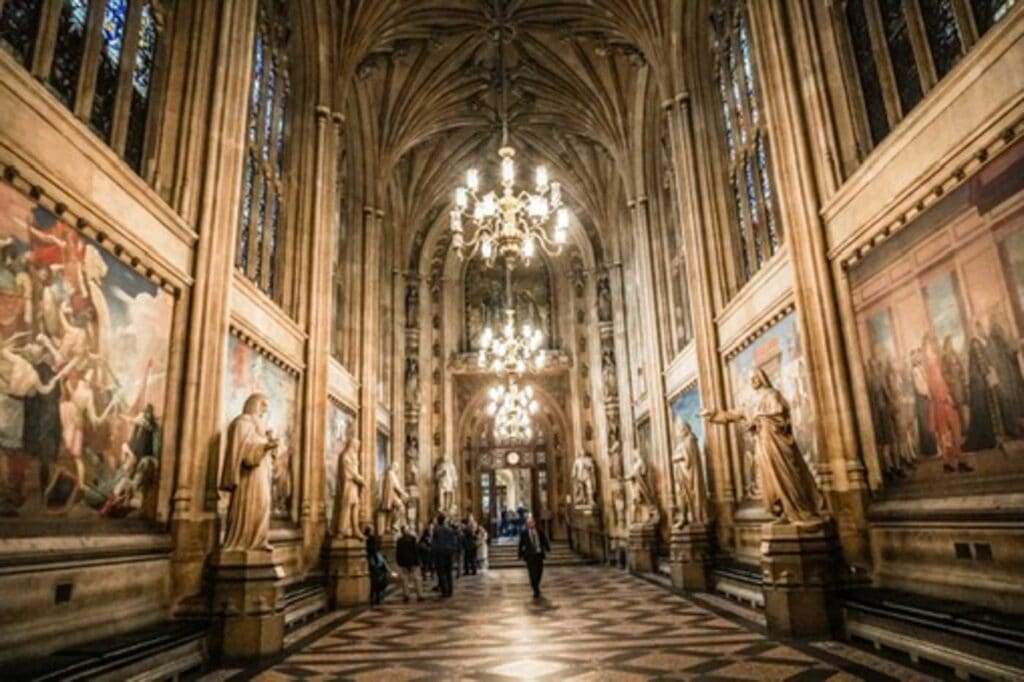
And has been since 1313 when the Statute Forbidding Bearing of Armour was passed.
We know, it really would have been fun to turn up in the public galleries in your ancestral suit but it’s just not worth the punishment.
In 1814 a Tidal Wave of Beer was Unleashed on London Killing Eight People
Swimming in beer might sound like an absolute dream but the London Beer Flood will make you reconsider.
It all started when a vat of beer in the Meaux & Company Brewery exploded, unleashing a huge tsunami of beer that swept down from Tottenham Court Road to the surrounding streets. Of the eight people who died, five of them were attending a wake.
The Mayor has to Grant Permission to The King to Enter the City of London
If the King wants to enter the City of London, he has to formally request permission from the Mayor via a ceremony held at Temple Bar.
It’s a precedent that the mayor allows him to enter.
The Tower of London is Not Actually Called The Tower of London

We have all come to know and love the iconic Tower of London… but did you know that the fortress’ real name is His Majesty’s Royal Palace and Fortress of the Tower of London?
Its nickname is taken from The White Tower, which is the main portion of the building that was built by William the Conqueror.
The Smallest Statue in the World was Built in London
Two mice eating a piece of cheese, aka The Philpot Lane Mice, is the smallest-known statue in London. But this adorable sculpture has a darker meaning…
It was built to honour two builders who plunged to their deaths during an argument over a stolen sandwich – however, it’s believed that the theft was, in fact, the work of a cheeky mouse in stealth mode.
Let’s Not Fly a Kite…
One of the most famous songs from Mary Poppins sees Mary, Bert, Jane and Michael sing about the beauty of flying a kite in London.
However, believe it or not, the Metropolitan Police Act of 1839 made it illegal to fly a kite in parks or other public areas. If you ever fly a kite in violation of this law, you risk receiving a fine of up to £500.
So-Called Facts About London that Aren’t Actually True
We’ve been bombing you guys with so many interesting and fun facts about London – but we came across a few myths that aren’t actually true.
Time to debunk a couple of “facts” about London.
It is Categorically Not Illegal to Die in The Houses of Parliament
This one crops up in a couple of places.
First of all, how would you ever punish someone for dying in the wrong place?
Secondly, people have died in the Houses of Parliament in the past – one such person was Sir John Cust, the then Speaker of the House who is said to have died of a result of not being able to leave the chair during the sitting to go to the loo.
The Guy Did Not Mean to Buy Tower Bridge
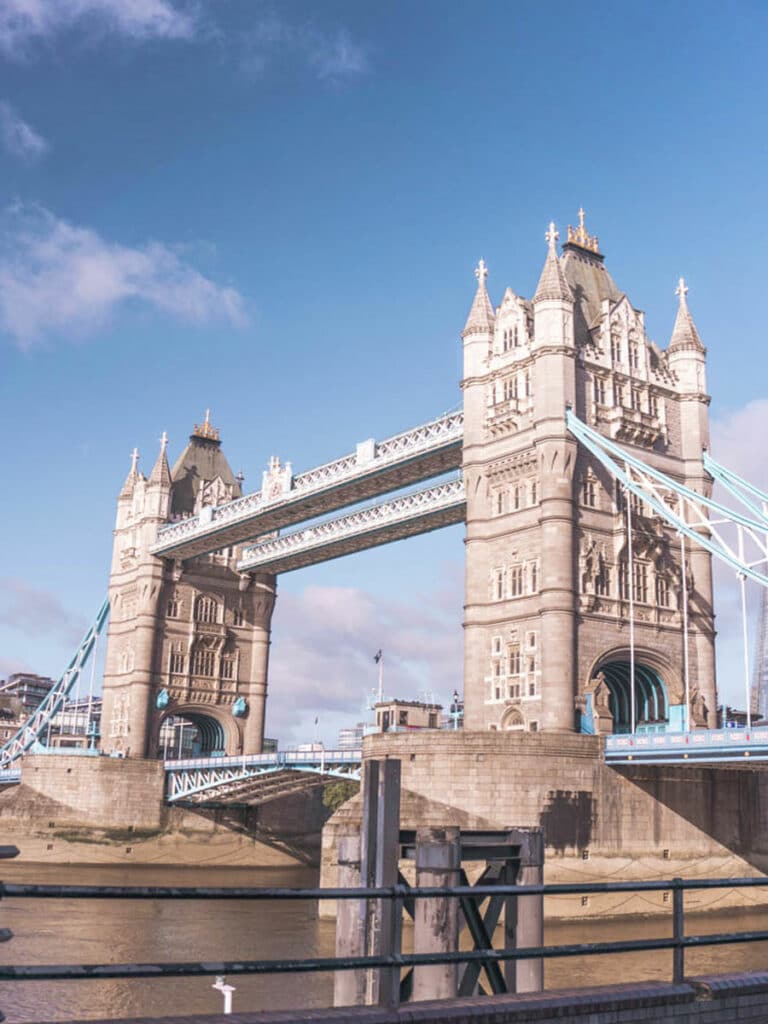
There’s a particularly persistent rumour that pretty much every Londoner will have heard at some point or another and gleefully passes on to anyone who will listen.
The story goes that American tycoon Robert McCulloch, who bought London Bridge in 1967 to re-erect in a community he’d founded in Lake Havasu had actually meant to buy London’s much more iconic Tower Bridge.
What japes!
Unfortunately for the punchline, it’s just not true – McCulloch had always intended to buy London Bridge. Killjoy.

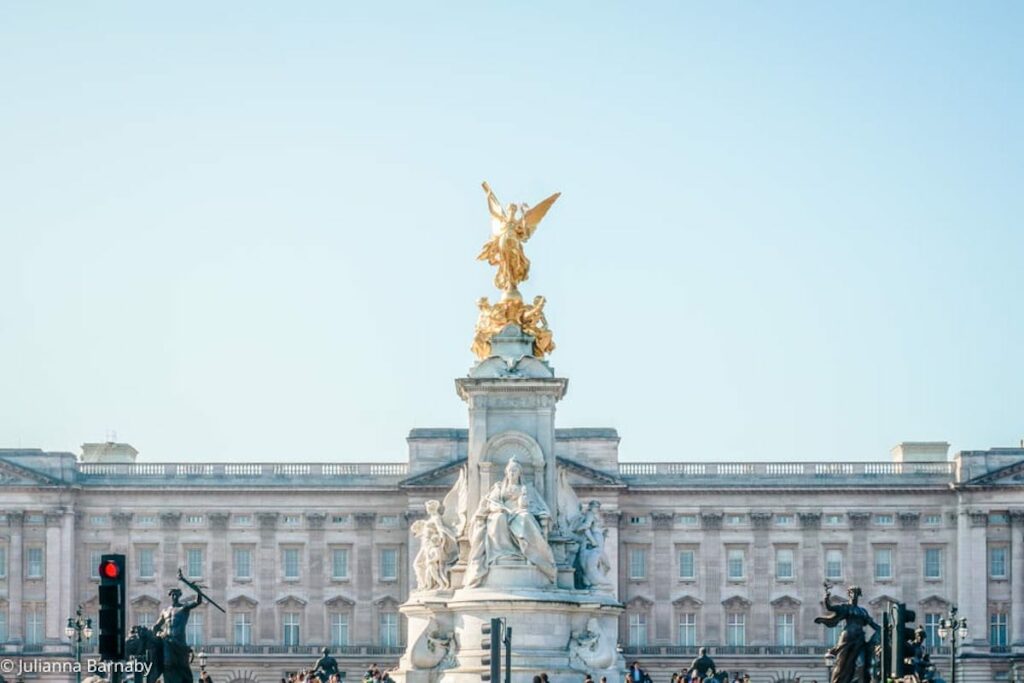
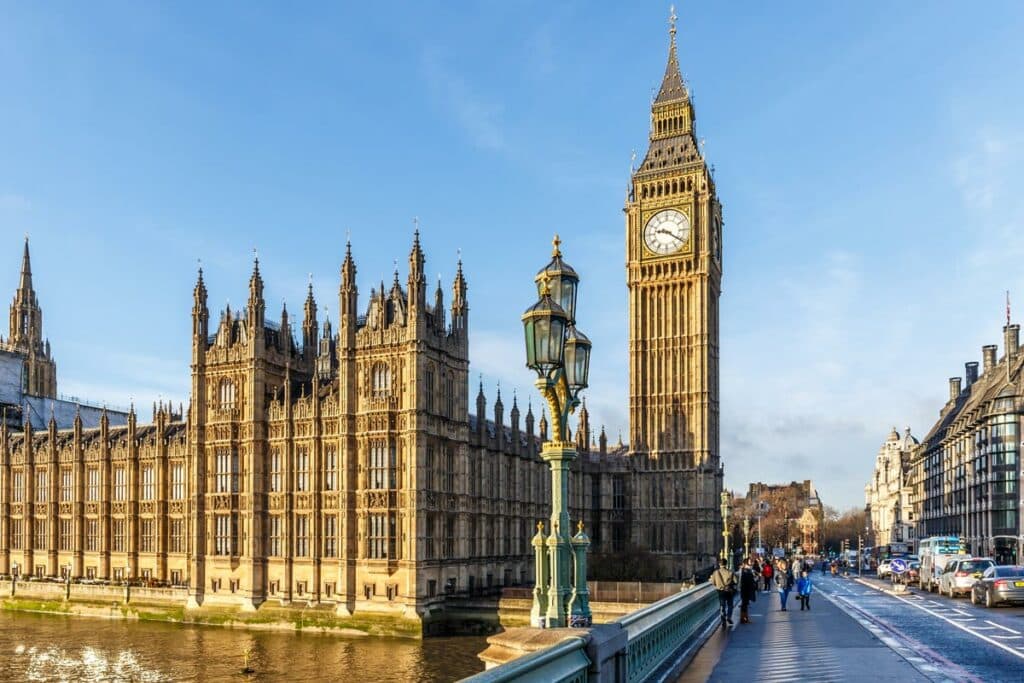
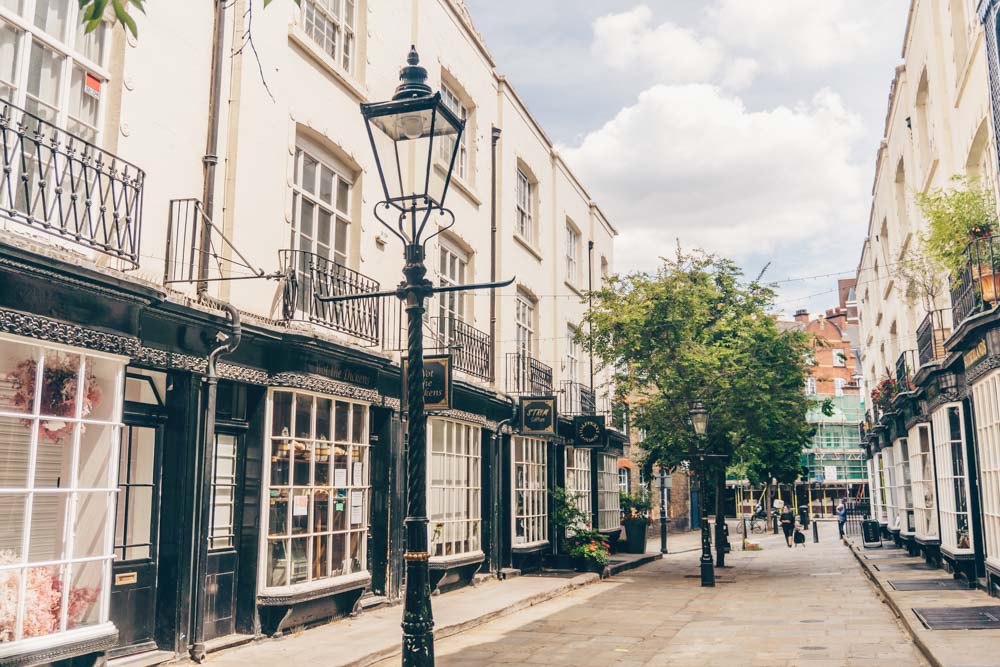
Sixes & sevens, Wat Tyler’s the knife that killed him, Charles 1 gloves worn on day of execution, The Death Bell in St Sepulchre, Hunterian Museum, St Brides steeple, Wedding Cake & the name “Bride” Covent with no N, The Wealthiest Occupation is number one in London Guild rankings…. The Mercers (Banks)….. Etc Etc.